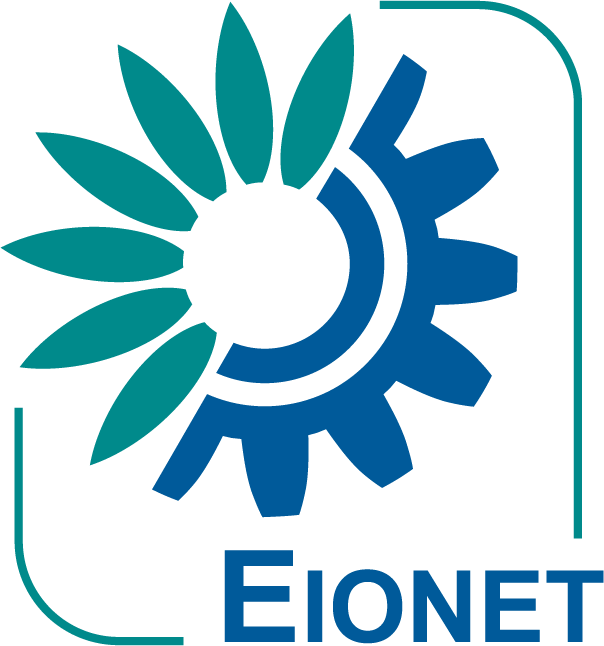ETC/BD Technical paper 1/2020: Report for a list of Annex I habitat types important for Pollinators
01 Jun 2020
Helmut Kudrnovsky, Thomas Ellmauer, Martin Götzl, David Paternoster, Gabriele Sonderegger and Elisabeth Schwaiger, Umweltbundesamt GmbH, EAA (AT)
This report aims at identifying the habitat types from the Annex I of the Habitats Directive that are the most important for pollinating insects. Typical plant species for Annex I habitat types (6.693 species) were classified regarding their importance (used as food source) for pollinating insects (about 3.800 species). Then, species richness of those important plant species was used to rank all habitat groups and Annex I habitat types. A detailed rationale explaining why plant species richness is the best proxy variable to identify important habitats for pollinators is provided in the Annex of this report.
Grassland, Sclerophyllous scrubs and Temperate heath are the top three ranked habitat groups according to their importance for pollinating insects. In further work on this topic, additional parameters like flowering / phenology and spatial distribution should also be considered. Moreover, both the distribution (10x10km grid cells) and the overall habitat type area (km²), within a given biogeographical region or within the whole EU, may be used as additional indicators to decide the ranking of habitat types regarding their importance for pollinating insects.
